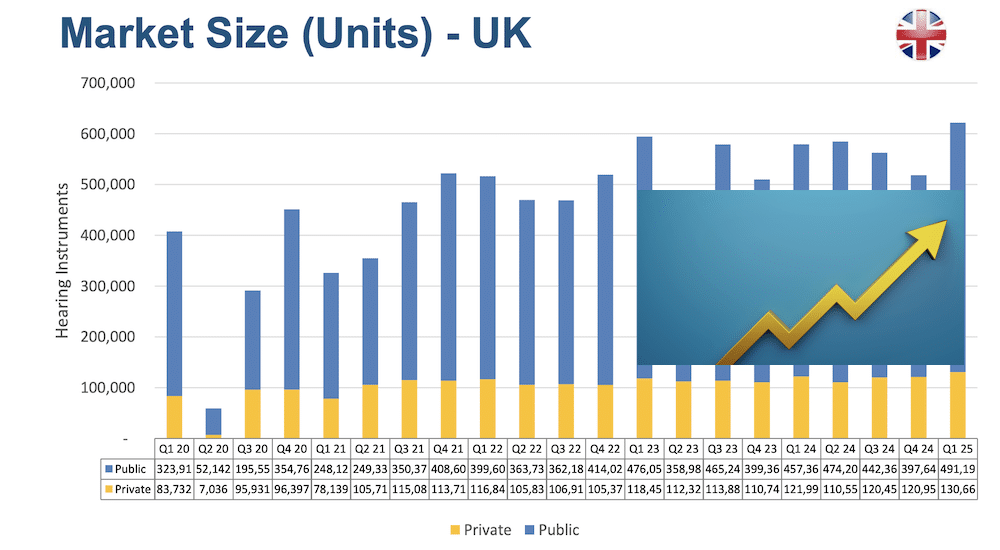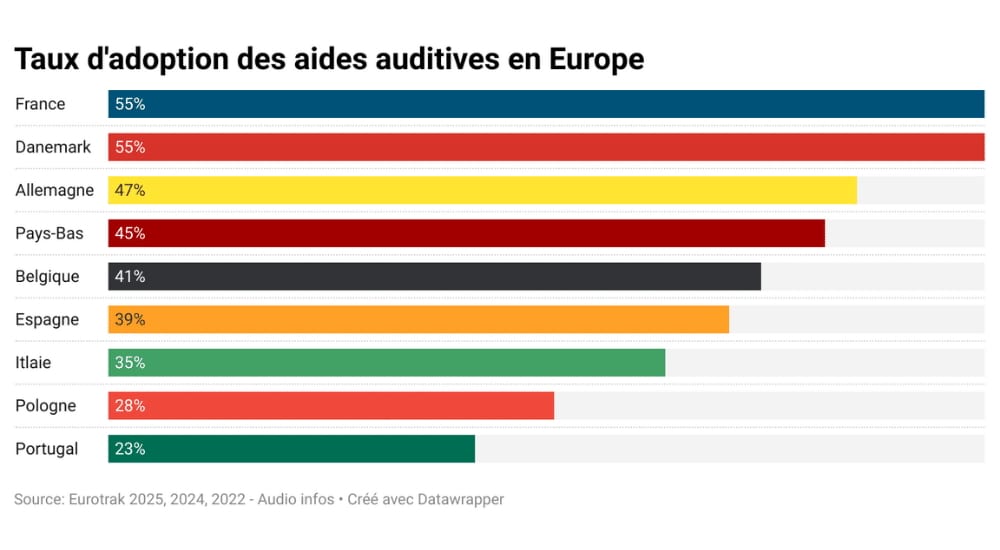Disruptive technologies and mainstream industry
Business
Health Affairs recently ran an analysis article looking at why the business disruption model in economics has not been observed in the hearing aids industry.

The classic observation in economics of business disruption by innovative technologies that “attack” mainstream industry, developed by Clayton M. Christensen in The Innovator’s Dilemma: When New Technologies Cause Great Firms to Fail, has generally failed in the area of healthcare. A number of reasons help explain why the arguably expensive, concentrated hearing aids industry has not been shaken up by new arrivals.
One of the main reasons cited in the article is that incentives by third-party reimbursement discourage consumers from choosing new, lower-cost alternatives. Another is that the fragmented structure of healthcare makes it difficult for new technologies to take root, unlike in other industries. Proprietary data formats may also lead to a type of customer lock-in.
The role of regulation is also of primary importance. Since hearing aids are regulated as medical devices, their distribution is necessarily limited to trained professionals. As mentioned in the 2015 letter from the US President’s Council of Advisors on Science and Technology (PCAST), this leads to “expensive and often unnecessary bundling of services and product.”
Furthermore, the article points to the considerable vertical integration of the hearing aids industry, with manufacturers owning licensed dispenser practices, thus impacting the ability of consumers to access a wide range of solutions and compare different products.
Source: Health Affairs


